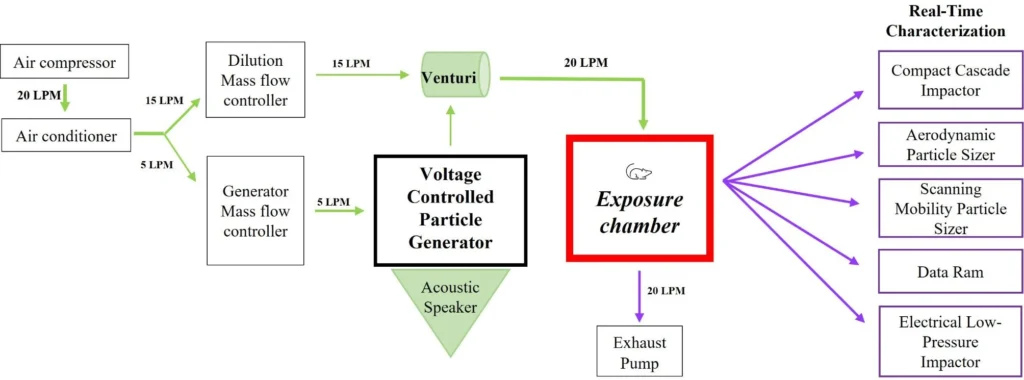A new trial has shown that inhalation of plastic at moderate levels could impact sex hormones, with exposure to micro- and nanoparticles (MNPs) of nylon having a significant disruptive effect in female rats. The study indicates that it is not necessarily newer additives that could be disrupting hormone levels, but in fact the plastics themselves, and paints a concerning picture of the level of exposure humans have to such chemicals.
Microplastics are everywhere. A sad reality of the use of plastics in almost every single aspect of daily life, microplastics and nanoplastics are being found in animals across the globe and have even been discovered in the human placenta, indicating that there may be nowhere left to hide from them.
Such particles can enter the human body through drinking water from plastic bottles and food packaging, and it is estimated that 90,000 plastic particles can enter a single human drinking bottled water each year.
Microplastics are everywhere. A sad reality of the use of plastics in almost every single aspect of daily life, microplastics and nanoplastics are being found in animals across the globe and have even been discovered in the human placenta, indicating that there may be nowhere left to hide from them.
Such particles can enter the human body through drinking water from plastic bottles and food packaging, and it is estimated that 90,000 plastic particles can enter a single human drinking bottled water each year.
One of the most popular plastics is polyamide, more commonly referred to as nylon. Used in clothes, industrial packaging, car tires, and many more, exposure to polyamide is almost unavoidable and researchers have become increasingly concerned about the quantities in which humans may be inhaling it.
Despite the concern, there is limited knowledge of how MNPs from polyamide affect our health. To understand any potential health effects of inhalation of polyamide and MNPs, researchers from Rutgers University used polyamide powder to expose rats to a single inhalation of plastic and analyzed their vitals afterwards.
The researchers had to get nifty to aerosolize the plastics, as most studies simply inject the microplastics to insert them into the body. To do so, they took a food-grade nylon powder and placed it on a bass speaker, which then vibrated to release the smallest particles into the air. Then, airflow carried the particles into an area with a group of female rats in heat, and they stayed there for 24 hours.

The results showed that post-inhalation, the rats had increased blood pressure and impaired blood vessel dilation, and the amount of reproductive hormone 17 beta-estradiol was decreased, suggesting that the MNPs were disrupting endocrine function. There was also systemic inflammation across the rats’ bodies. While the team expected there to be lung problems, no difference in lung function was observed.
It is therefore possible that our reliance on plastics may be contributing to declining fertility rates across the world, and the team’s previous research has found microplastics could also contribute to increasing obesity. The team hope that their new method of aerosolizing plastics can be used in future studies to further illuminate health problems associated with MNPs.
Read the entire article on IFL Science
Original study is published in Particle and Fibre Toxicology.

